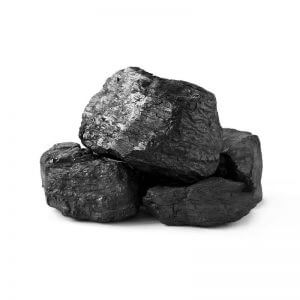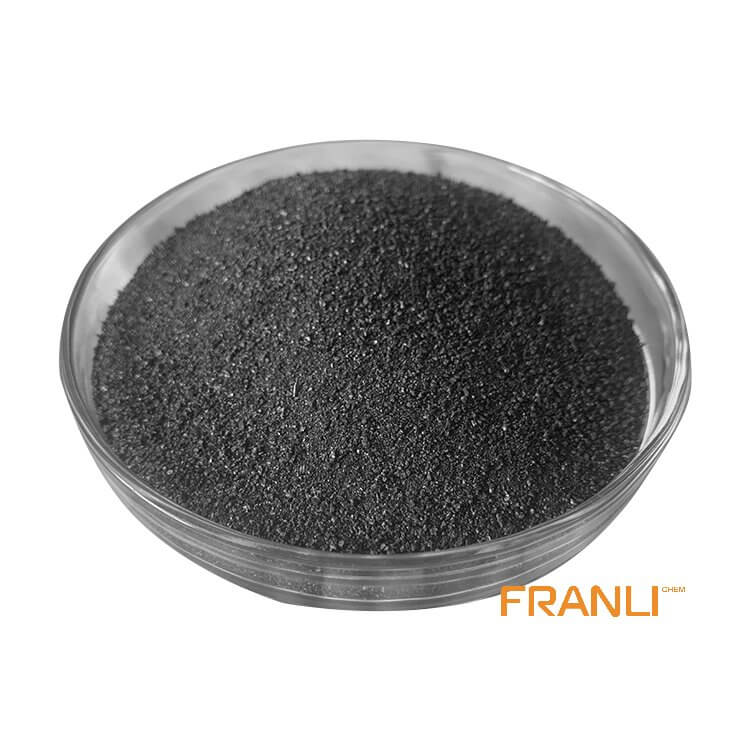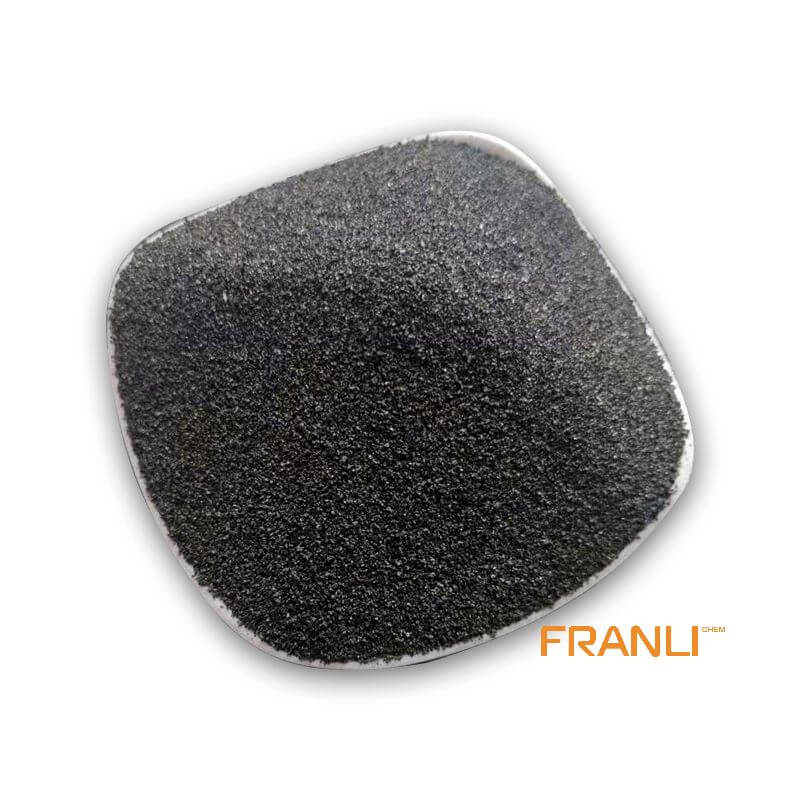


Petroleum Coke
Size
According to your requirements
Package
25 kg small bags into ton bags or ton bags
Features
Low ash content and low boiler ash discharge, etc.
Application
Depending on its quality, petroleum coke can be used in industries such as graphite, smelting and chemical industry, etc
Petroleum coke, as a byproduct of petroleum, is produced in the process of petroleum processing, that is, the crude oil is distilled to separate light and heavy oil, and the heavy oil is converted into petroleum coke by hot cracking. If petroleum coke can be obtained directly from petroleum processing, then the petroleum coke is raw coke or ordinary coke. Petroleum coke has irregular shape, dark gray or black, porous structure and metallic luster.
Request a quotePetroleum coke, as a byproduct of petroleum, is produced in the process of petroleum processing, that is, the crude oil is distilled to separate light and heavy oil, and the heavy oil is converted into petroleum coke by hot cracking. Petroleum coke, as a byproduct of petroleum, is produced in the process of petroleum processing. Petroleum coke has an irregular shape, dark gray or black, porous structure, and metallic luster.
The carbon content of petroleum coke is very high, about 90%, mainly in the form of hydrocarbons. Other contents of petroleum coke, such as ash, moisture, or volatile, are relatively low. Many petroleum cokes have high sulfur content, ranging from 2% to 5%. The calorific value of petroleum coke is very high, and its quality is very close to anthracite, so it can be used as fuel. Compared with other carbon raw materials, petroleum coke has a more compact structure, a higher degree of order, and higher crystallinity, which can be said to be a carbon form of partial graphitization.

New material of petroleum coke
The high specific surface area activated carbon
Activated carbon is widely used in the chemical industry, medicine, food, and so on. In the preparation of high specific surface area activated carbon, alkaline activator, and petroleum coke particles are mixed, and the size of petroleum coke must meet the relevant standards. If the preparation process is suitable, the surface area of activated carbon can exceed 3000m2 / g. The particle size of petroleum coke should not be too small, generally between 100 ~ 200um. The activation temperature must be between 700 ℃ and 800 ℃ for the maximum specific surface area. Moreover, the activation time should be less than 2 h.
Nano carbide particles
Generally speaking, carbides have high hardness and high melting points, which are widely used in the preparation of cemented carbide. If the sintering temperature is low and the holding time is short, the prepared ceramics will be very compact and have excellent properties. After sintering, the grain size of nano carbide is very small, but its strength and hardness become higher.
Advanced composite materials
The first is reaction sintered silicon carbide, which can also be referred to as RBSC. RBSC is a process of in-situ formation of SiC ceramics by liquefying silicon into carbon billet and relevant chemical reactions. When directly Sintering SiC ceramics, the time and temperature required are longer and higher than those of RBSC, and the equipment is more expensive. RBSC can keep SiC ceramics with better size retention, and can also prepare products with complex shapes. Furthermore, the cost of RBSC prepared from petroleum coke can be effectively reduced. Therefore, petroleum coke can be mixed with SiC particles, and then the mixed liquid can be siliconized. In addition, the filler can be mixed into petroleum coke to adjust the density of carbon material and then siliconize.
Electrorheological smart materials
Electrorheological smart materials include piezoelectric ceramics, electrorheological and shape memory alloys, which cover a wide range. Among them, the viscosity of ER fluid can change from low to high or even to solid under the action of a certain intensity of the external electric field, which has been paid attention to and widely used. Such as clutch, shock absorber, and hydraulic valve, and so on. Petroleum coke has been used in the development of electrorheological materials. After grinding, it can get 10 ~ 75% μ The volume fraction of methyl silicone oil ranges from 33% to 35% by dispersing in 50 mm2gs viscosity methyl silicone oil. When the external field strength is 2KV / mm, if the viscosity of the material is 20 times larger than that of the zero-field viscosity, then the ER effect is very good. In addition, when the current density ratio is 60 μ When a / cm2 is still small, it means that its suspension stability is very good.

Anode materials for lithium batteries
The positive and negative electrodes of lithium-ion batteries are embedded materials with different potentials so that the lithium-ion is separated from the positive electrode and embedded into the negative electrode when the battery is charged. In the case of discharge, the opposite is true. In order to develop high-performance lithium batteries, the first thing is to find suitable anode materials. The working voltage should be as low as possible, the amount of lithium insertion should be high, and the reversibility of lithium-ion de insertion should be good. Carbon materials are the most successful anode materials, including petroleum coke, activated carbon, graphite, and so on.
Here, several technologies developed for the clean utilization of high sulfur petroleum coke are described as examples.
Activated carbon technology
In foreign countries, petroleum coke has been used in the preparation of activated carbon technology for more than 20 years. Sulfur content greatly affects the specific surface area of activated carbon. Only when the desulfurization rate of high sulfur petroleum coke reaches 98%, the specific surface area of activated carbon can be greatly increased. However, in China, the research on this aspect is only in the pilot stage. High sulfur petroleum coke can be used as raw material for natural gas adsorbents with high performance. However, due to its high sulfur content, the emission gas does not meet the relevant requirements of environmental protection level.
Prebaked anode technology for aluminum
This technology will occupy a large consumer demand in electrolytic aluminum enterprises, and its raw materials are mainly low and medium sulfur petroleum coke. The rapid development of the aluminum industry promotes the growth of demand for the prebaked anode, and the supply of petroleum coke which can meet the production conditions of the prebaked anode is in short supply. At the same time, people’s demand for high sulfur petroleum coke is also increasing. However, when high sulfur petroleum coke is used for aluminum prebaked anode production, the average concentration of sulfur dioxide produced is too high, which is subject to the relevant environmental protection requirements, and the application scope is relatively limited.
Combustion technology of vertical cement kiln
Nowadays, the application technology of high sulfur petroleum coke in shaft kiln cement production line has been mature, not only the quality is stable, but also its exhaust emission has reached the requirements of environmental protection standards. The vertical cement kiln also has its disadvantages, that is, the scale is relatively small, and the production technology is relatively backward. Due to the optimization and adjustment of the industrial structure during the 12th Five Year Plan period, many backward cement production capacities have been gradually eliminated, including most of the vertical cement kilns. Therefore, the consumption of high sulfur petroleum coke will decline with the decline of vertical cement kiln capacity.

CFB technology
CFB technology is a kind of technology used in the production of steam and electricity. It has the advantages of a simple process, excellent flow separation effect, and low cost. It is widely used in refineries and power plants.
The process is as follows: the crushed limestone and petroleum coke are sent to the lower part of the furnace through the feeder to heat and burn the circulating high-temperature materials. After the primary air is preheated, it is sent to the furnace from the bottom of the furnace to make its particles flow upward and form a dense-phase fluidized bed. After the secondary air preheating, it is sent to the furnace from the coke inlet of the furnace, and the fine combustion particles are carried out of the CFB furnace and then sent to the cyclone separator. The separated materials will be sent back to the furnace by the return system for re combustion. The flue gas is heat exchanged with the boiler through the economizer, and then dedusted through the dust collector, and then discharged into the chimney to discharge the ash from the slag outlet at the bottom of the furnace.
CFB technology has been gradually improved and improved availability. The concurrent projects of CFB boilers with high sulfur petroleum coke as the main raw material will gradually increase. 17% and 97. 3% respectively.
Concluding remarks
With the rapid development of material science, the application of new petroleum coke materials will be more and more widely, and the application fields will also be more and more, which will bring greater social and economic benefits to the society and enterprises than the traditional application ways.



